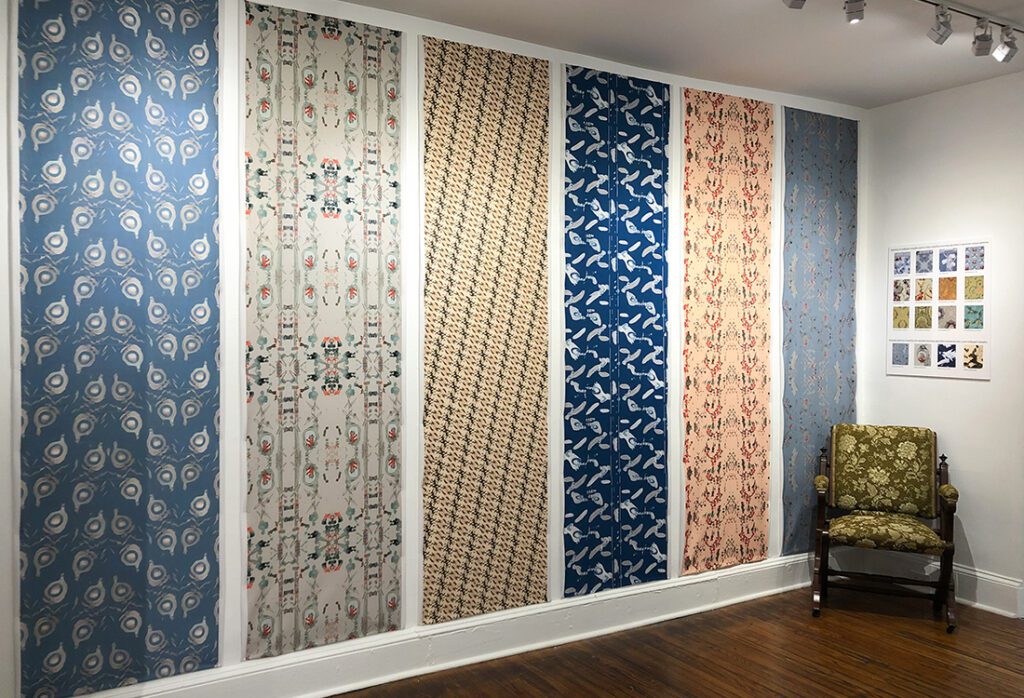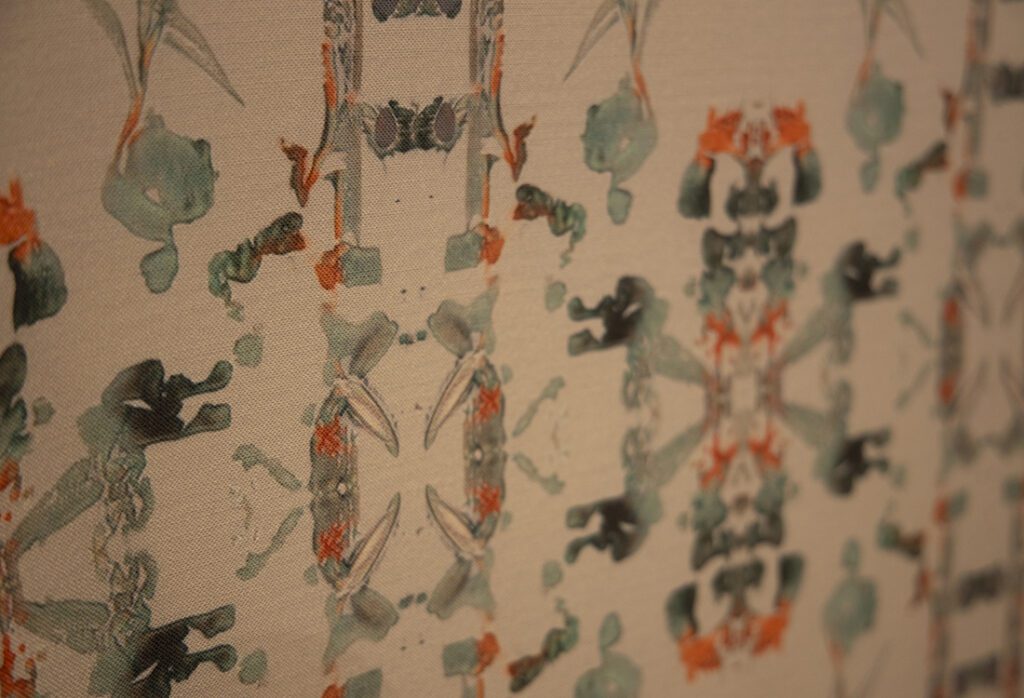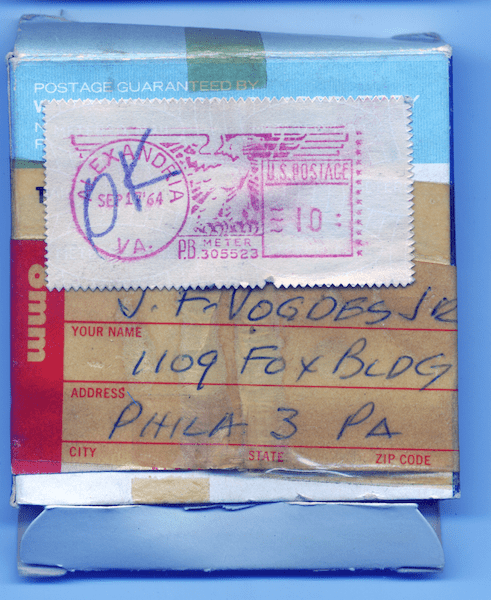Visual archives have long been a source of inspiration for historians, filmmakers, and artists alike.
Read more about my research into archives and 21st century technology in “From 8mm Film to Rear Lit Emulsion, How Digital Technology Can Reframe Memories,”an article I wrote for DaVinci Fest Live, 2020.
Fascinated with home movies shot on 8mm film in the mid-1960s, I began thinking about the ways in which technology has influenced domestic archives, both from the perspective of the hobbyist filmmaker as well as the archivist trying to preserve cultural artifacts. Questions of access, choice, and structures around domestic archives began to emerge.
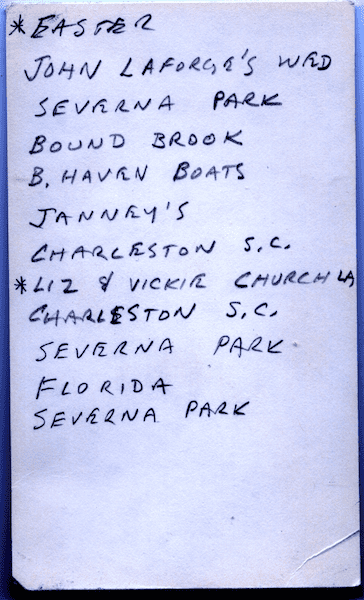
Studying a Domestic Archive
Having acquired a collection of 8mm films that were shot during the mid-1960’s by J. F. Vodges, resident of South Philadelphia, I set to work studying the films. Using the software double8scan developed by Björn Roth, I processed strips of films that I scanned on a flatbed scanner and extracted approximately 10,000 still images. And then I began iterating on the images with hand processes.
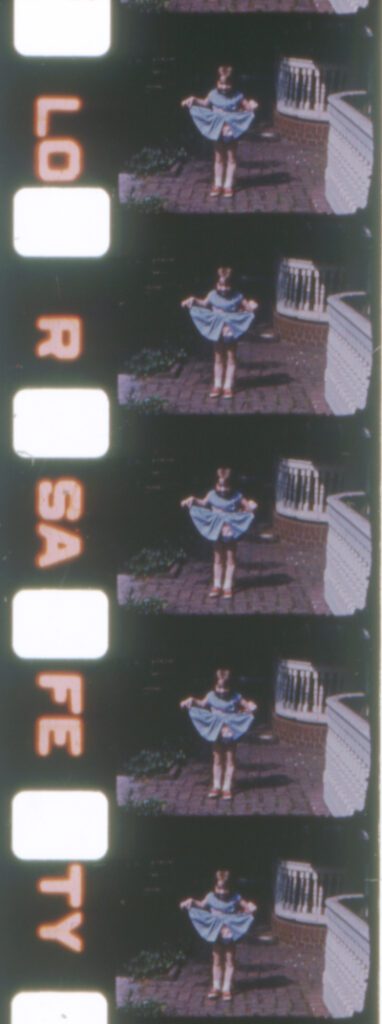
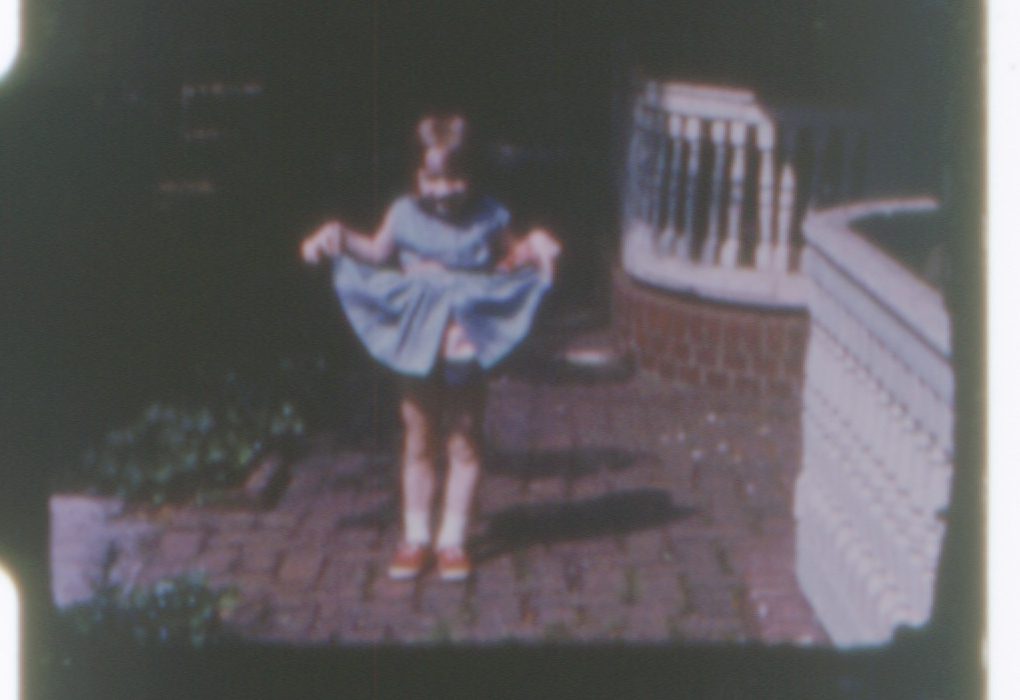
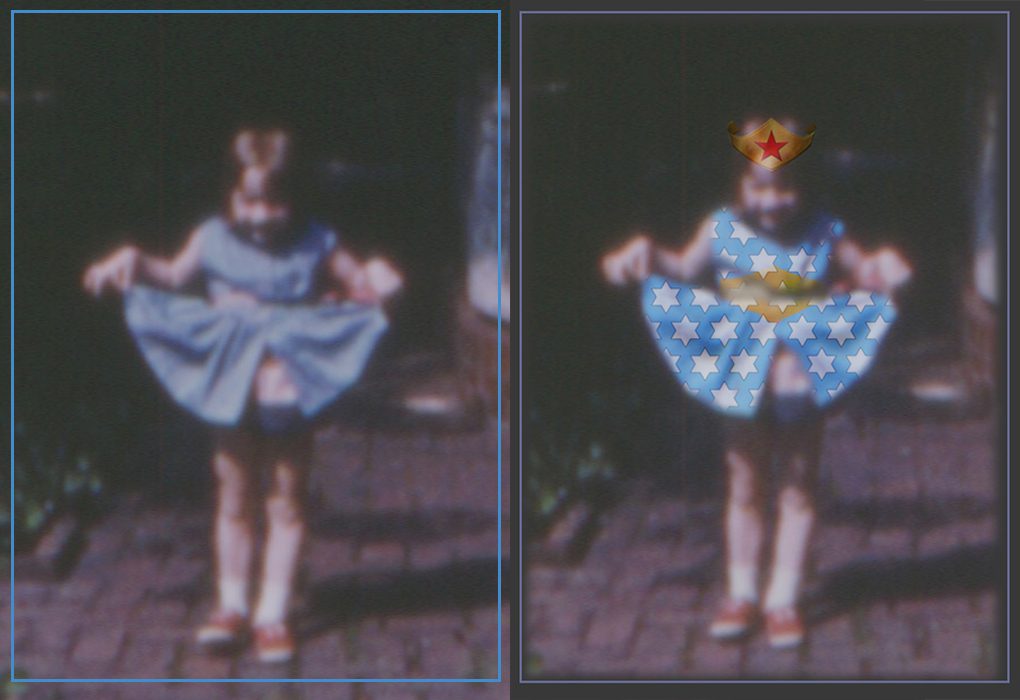
Combining Domestic with Public Archives
This project began with a set of 8mm found footage films from the mid-1960s and has expanded to incorporate other domestic archives such as wallpaper sample books, interior paint color sets, and woven textiles. From these objects and media, I tease out visual associations and underlying visual patterns, resulting in what Jaimie Baron refers to as “the archive effect,” a perceptual experience created through juxtaposition and recontextualization that elevates the material to the historical import of the archival document. For the past two years, I have been investigating archives of domestic life and deploying various digital and hand-alteration techniques to rework the material.
In addition to the 8mm found footage, “Houses of Domestic Memory” includes pieces based on home décor and textiles. My interest in the domestic archive is not solely driven by the urge to preserve images from a bygone era; rather, I seek to explore how the shift from analog to digital technologies has altered how we capture, store, access, and recontextualize domestic memory. In fall 2020, I collaborated with the Da Vinci Art Alliance and the Jefferson University College of Architecture and Built Environment on the exhibition “Philadelphia Forthcoming: The Endless Urban Portrait.” The exhibit included five of the lightboxes and a set of algorithmic-generated wallpaper hangings I created by extracting over 1,000 images from archived wallpaper sample books and training a machine-learning algorithm to interpret and make new patterns based on the data set.
